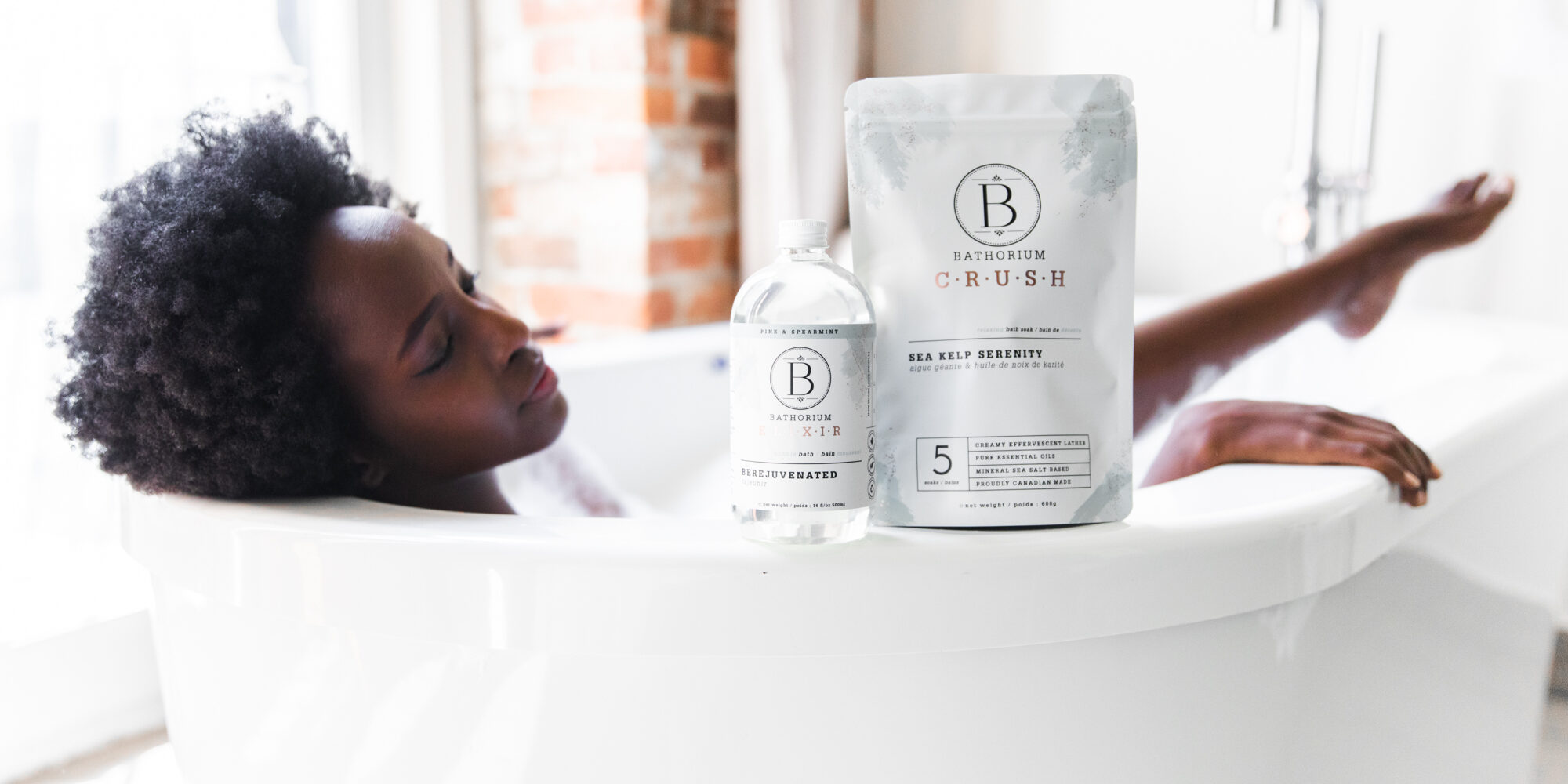
This Bath Products Brand Is Generating Millions By Providing Consumers Decadent Daily Escapes
After two hard years, beauty consumers are craving an escape—and there may be nothing more escapist than a decadent bath. With its premium clean bath salts, bath bombs, bath teas, bath soaks and bubble baths, Bathorium’s entire purpose is to create decadent baths for them. That purpose has been propelling sales. This year, the Ottawa-based brand is on track to generate around 7.3 million Canadian dollars or about $5.6 million at the current exchange rate, up from 6 million Canadian dollars or about $4.6 million last year and 1.8 million Canadian dollars or about $1.4 million in 2020, according to founder Gregory Macdonald.
“In the pandemic, people leaned into bath and discovered us,” he says. “What’s driving this year’s number is the return to retail and hotels.” Simultaneously, the bath category is poised for expansion. Estimates range, but point to it increasing at a compound annual growth rate of 3.5% to 7.5% in the near future. Bathorium is deepening its reach in the growing category with The Bathologist, a lower-priced line that allows it to convert a whole new group of consumers to its vehicles for daily escapes in the comfort of home. Beauty Independent talked to Macdonald about proudly creating a lower-priced line, paring down unboxing experiences, carefully investing profits, and the importance of distribution at independent spas and shops.
What led to the company?
Bathorium started in 2014. I was working at the bar in the Shangri-La hotel in downtown Toronto. When I was bartending, I wanted to start a business. I chose bread baking. I was at the university at the time, too, and took an elective on the art of bread. It was my favorite class. I always wanted to delight the customer. I loved creating new creations from raw ingredients and seeing my customers’ reactions. I was addicted to watching them try the bread and come back saying they really loved it, but there ended up being no money in bread. It really wasn’t scalable.
I left the bread business and went to Europe. I ended my trip in Italy, where there was a beautiful tub at my Airbnb. Before Bathorium, I loved to take baths, but I never cared what I used. The house host had all these little jars next to the bathtub. She said, “Can I draw you a bath?” I had been in hotel showers for three weeks, so I said, “Yes, of course.” She added in different salts and clays. She had a block of cocoa butter she shaved into the bath under hot running water.
I was in the tub for three hours. I refer to that moment as my Oprah aha moment. I was like, “Oh my gosh, I need to recreate this experience because it’s truly unique.” The house host wrote out everything she put in the bath that day. I came back to Toronto, went back to working at the bar and started researching who makes bath products. I thought, for sure, someone must create a bath experience with that feeling. I tried everything. I went from the most expensive stuff at Holt Renfrew to looking on Etsy.
Nothing gave me anything close to the experience I had. It was all very similar salts with, if you were lucky, essential oils. That’s when I decided to create a company with luxury bath products that were decadent and good for you. We weren’t going to use [synthetic] fragrances or colorants. In 2014, Lush dominated the bath market, but some people couldn’t use them because they gave them headaches or turned their sheets blue and pink. I wanted to create a bath line that would be free of all that, but would give decadent experiences.
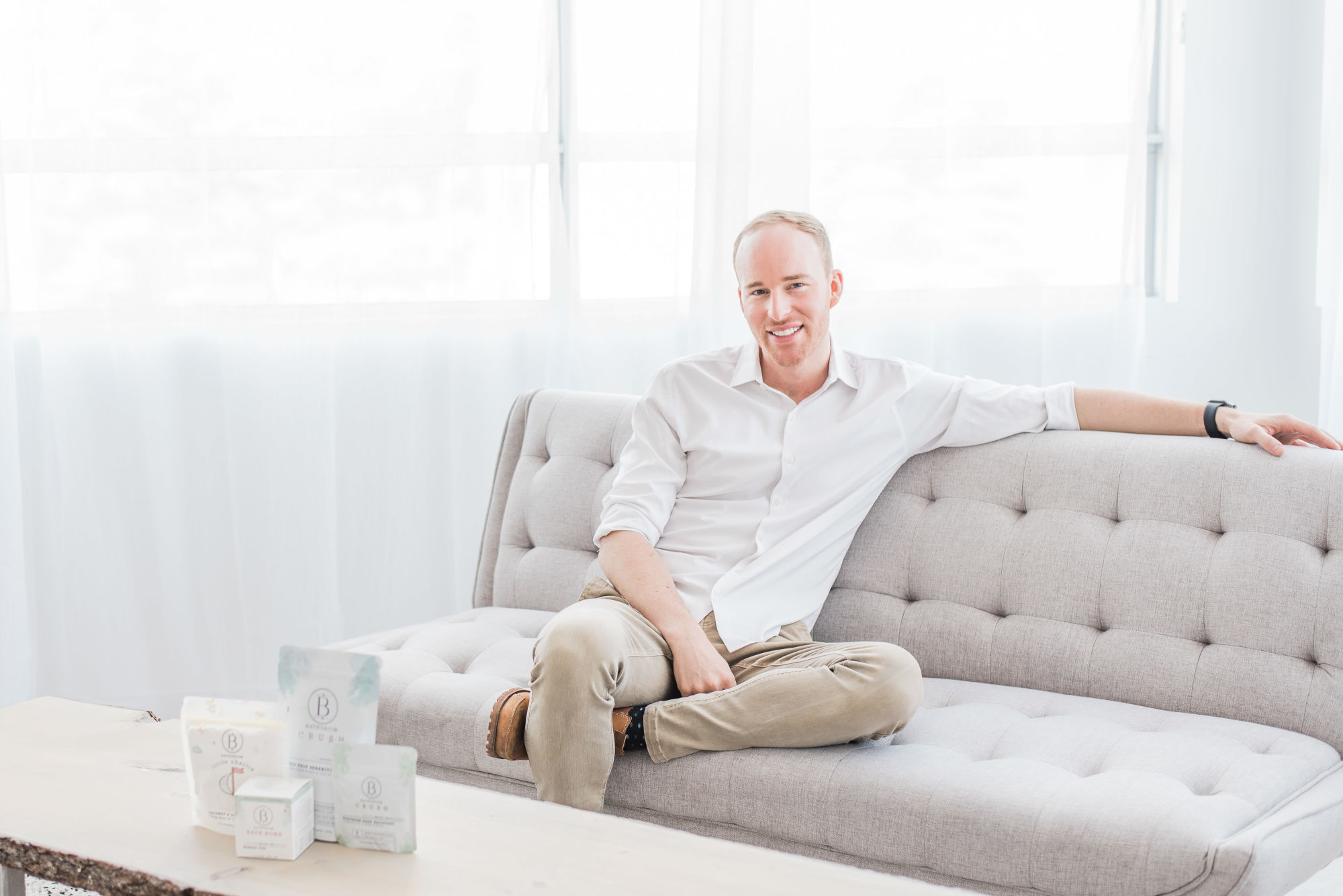
How did you fund the business?
Our launch date was September 2014 but we didn’t get serious until March of 2015. Before that, I would do church bazaars, and I would make 10 bath bombs at a time to sell to my friends and family. It didn’t require a lot of capital because I was the only employee. It was registered as a sole proprietorship. Initially, I put in under $1,000.
In 2015, we started to get our first taste of retail and needed more capital. That year, I probably put in 10,000 [Canadian dollars or about $7,700 at the current exchange rate]. At the time, Clearbanc, which was founded by Michele Romanow, were just started, and they funded companies with 5,000 [Canadian dollars or about $3,900] loans that you remit back against your sales. That’s what carried us until we had momentum and success.
We launched with 10 bath bombs, a few of them are still in our core lineup today. Now, we have 35 full-time employees in Ottawa, and we are in over 1,000 retail locations. We have 35 SKUs all still centered around bathing. We always focus on and obsess over the bath: What is it that you are using in the bath, and does it evoke that same experience I had in Italy?
Does the brand look a lot different than it did when it started?
We have archives and are making some really funny TikToks about the evolution of the brand. Our company used to be called The Bath Bomb, and our website was www.Ilovemybomb.com. I thought that was genius marketing until I realized how pigeonholed it made our company. At that time, too, there was the Boston [Marathon] bombing. The name didn’t match the brand. We were going for luxury positioning, and then our marketing was detonate your tub. It didn’t make sense.
Bathorium is a word we created. It’s an emporium of bath products. That’s the made-up definition. We brainstormed with a lot of friends, family and business mentors. I pitched them different ideas and logos. It always came back to Bathorium because I loved what it meant, and it encapsulated what we do. Then, we started changing our verbiage. We took out what was bomb-related. Our branding today is around bath beautifully. That’s our hashtag. A hashtag from the beginning was #bringbackthebath. We changed our photography from the aggressive bath bomb look to a warm, welcoming bath look. We used real people in the bath along with our products to evoke the bathroom lifestyle we wanted to create.
What’s Bathorium’s distribution strategy?
We do all of our sales here in-house within North America. The only formal distributor we have is Grace Beauty in New Zealand. They purchase four times a year and sell through their networks. I think we have over 50 different retailers that purchase Bathorium through them. In North America, we partner heavily with luxury hotels. Four Seasons is our biggest one. We do their custom amenity programs, and they also retail us within their gift shops and online stores. We see really great ROI from our customers that come from the Four Seasons properties.
In terms of retail, we work with Detox Market. We are their No. 1 bath brand. When they were just a small pop-up in Toronto, I walked over and met [marketing director] Laura Townsend. She was a retail associate, and I said, “Listen, I have this bath company, and I would really like for you to try our bath bombs.” She brought them in on consignment, and we would sell 10 to 20 bath bombs a month. As the brand evolved, they kept being one of our main supporters, and we expanded as they expanded. We have done The Detox Box and gift-with-purchase programs. We are also in Athropologie, and we focus on a lot on smaller independent spas, too, like Etiket in Toronto.
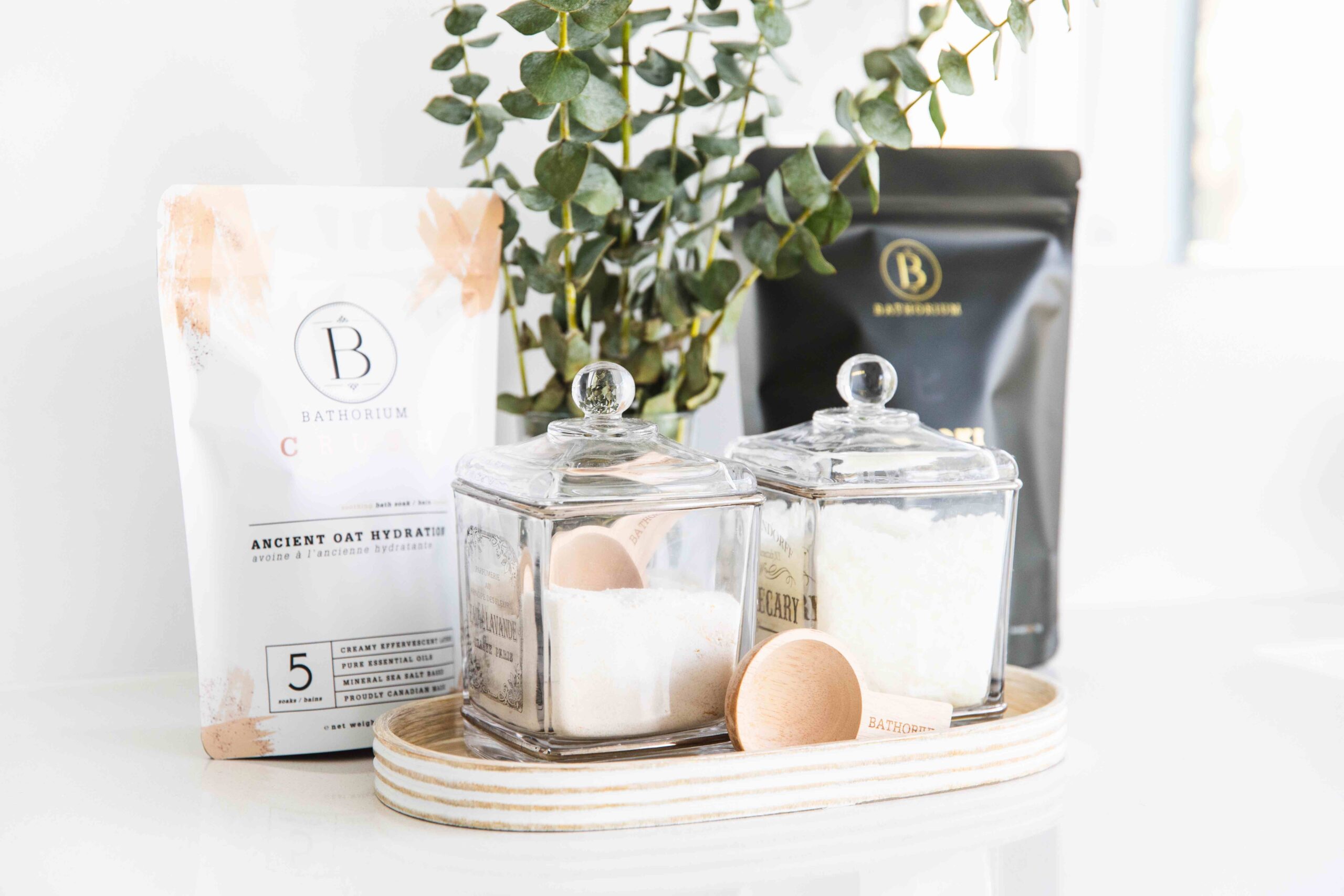
What’s the biggest sales driver in terms of distribution?
Pre-pandemic, we focused heavily on wholesale. I really didn’t want to do the DTC game. At that time, I was a little afraid of the ad world on Facebook. I focused my energy on wholesale because that’s where I really excelled. When the pandemic hit, our brand shifted from being 60/40 wholesale/DTC to today, where we are 80/20 DTC/wholesale.
We doubled down on research. We looked at who our customer is and what they want. We invested in DTC, everything from ads to SEO to influencers. We never pay for influencers. We offer Bathorium for them to try. Yes, some want to be compensated. We say no, but here’s product to enjoy. For two years, that’s been one of our strongest revenue drivers. Now, we’re moving onto TikTok.
In wholesale, we do good volume through Detox and Anthropologie, but our independent stores and spas do better for us. We will be one of fewer brands, and they may use us in a pedicure soak or back bar in treatments. Some of the spas we work with have bathtubs where spa guests start with a clay or magnesium soak and then move to a massage. The Hamman Spa in Toronto, they do that model, and they are probably our No. 1 small independent spa. We see larger ROI from smaller accounts than larger accounts.
What did you learn from the customer research?
We had time at the beginning of the pandemic. We were 12 people. I had to lay off our production staff because we weren’t producing for the first six weeks of the pandemic because of restrictions. So, we just called customers. What we learned from the calls is that people were less interested in the unboxing experience than we anticipated. We invested so much money in having beautiful insert cards and stickers. They said, “I rather pay less for the same product and have it shipped in a less fancy box.”
Now, our products come in a brown box with custom crinkle and custom tape, and an insert card if it’s applicable like if we’re doing a promotion. We used to invest a lot of money in unboxing, and now we don’t. We ended up including taxes in our prices. So, before it was 10 [Canadian dollars] a bath bomb plus 15% in Canada. Now, we do 10 [Canadian dollars] that includes taxes. So, people are saving 15%.
Has Bathorium received any funding?
We are still 100% a bootstrapped. We don’t have any investors in the company now. We can draw on a line at Business Development Bank of Canada, but the interest rates are ludicrously high, so we use it sparingly. Clearco is our No. 1 funding partner. We take out marketing advances. We will take out 100,000 [in Canadian dollars or about $77,000] and will remit that against our online sales. The fees for that are pretty low.
We really like to keep our cash reserves. I pay myself a living salary, but I keep most of our profits within our bank accounts. I invest our cash reserves into a blended portfolio of different funds so that money is making money. We will pull out money as we need to if we are investing in new product lines or have large purchase orders.
We outsource very little of our business. We do all our own manufacturing, fulfillment, sales, marketing, HR. I think accounting and legal are the only things we outsource. In doing that, we can be agnostic with our inventory and purchasing power. Even with the largest purchase order, we don’t need to send money for that to a third-party manufacturing partner.
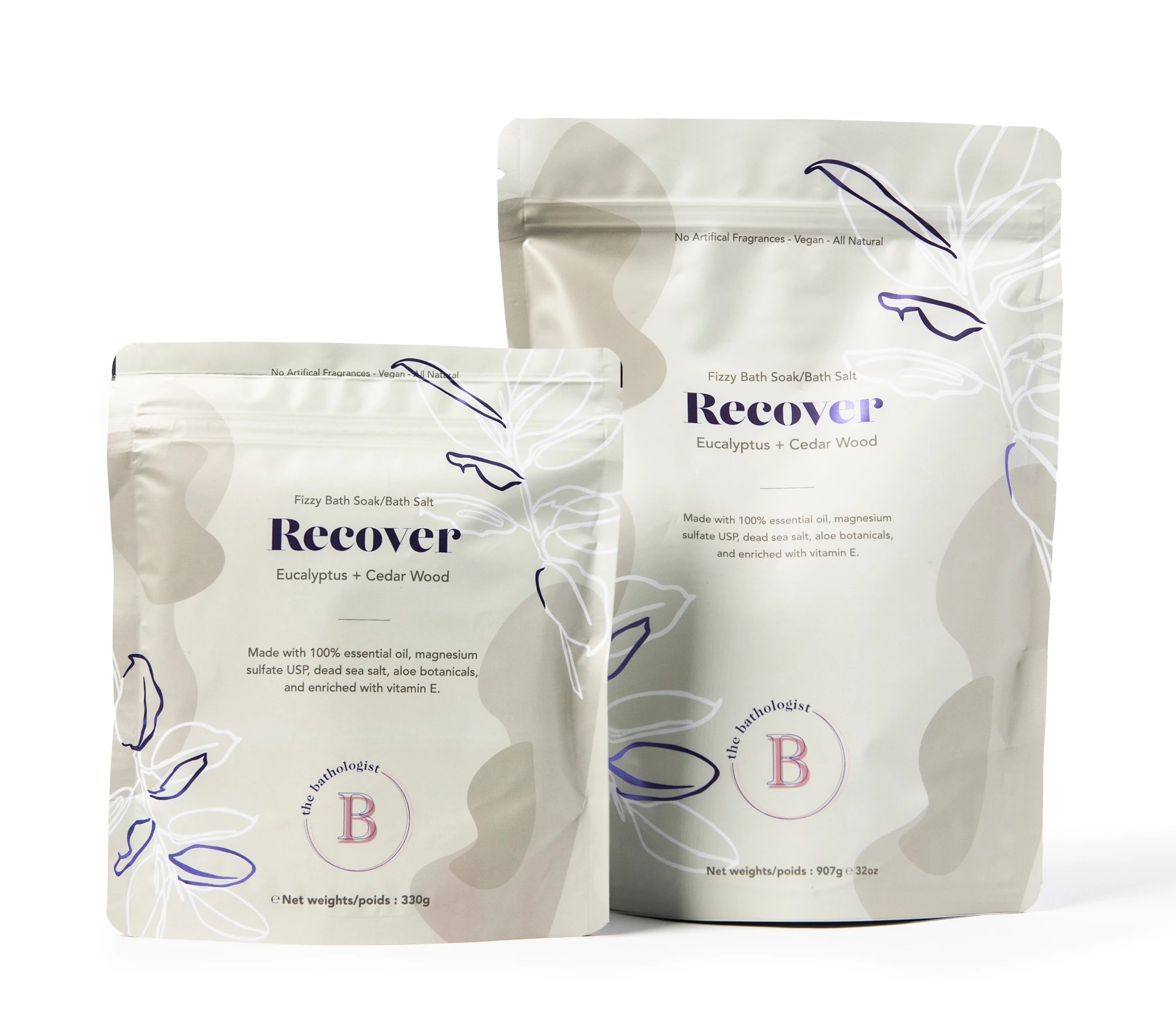
Have you thought about outsourcing manufacturing?
Every day. There are things that happen. People call in sick or there’s an issue with delivery of bicarbonate. You have days where you are like, did I make the right decision? But nine out of 10 times, I’m glad we do it this way. We can test our bath bombs. We can see their clarity. Our overhead is much bigger than other brands of our size, but we create a collective family. If there are days someone calls in sick, someone from procurement might have to make bath bombs or I’ll have to. I find myself quite often mixing oils or shipping out orders. There’s no job that’s above someone else’s pay grade. Things aren’t siloed.
We do an all-hands meeting in every morning at 9 a.m., and it’s everyone in this building from HR and procurement to the newest person on the production floor. Every single person in the building talks about what is going on, and we read customer reviews. It gets everyone jazzed. We did a clinical study with Good Face Project on our Little Charlie kids’ line, and the before-and-afters brought people to tears. The products are changing people’s lives.
You have a lower-priced line. Can you tell us about it?
It’s called The Bathologist. I created it two years ago. We wanted a line that served the part of the market that Bathorium couldn’t. Think of CVS, Macy’s, TJX and Hudson’s Bay. You shouldn’t have to compromise a great bath experience because you can’t or don’t want to pay $30. We don’t use shea butter, cocoa butter, coconut milk and rose hip oil. It uses more economy-friendly essential oils.
We have three different lines: Recover, Sleep and Hydrate. It sells itself on the shelf. You don’t need to have an aesthetician or green beauty junkie next to it to sell it. People are getting clean products, but they aren’t paying the massive premium that sometimes comes with clean and indie beauty. It fills a void in the market. It’s now 30% of our revenue.
It’s really grown and has a lot of great potential. Right now, in the States, it’s at Macy’s online, and it’s going to be rolling out to 35 of their top stores, and Harmon. In Canada, it’s at Hudson’s Bay, Mark’s and TJX. It’s also in smaller independents.
How do you create a lower-priced line effectively?
The biggest thing is that we leaned into it. We didn’t try to hide it. Many brands try to do it white-labeled, and they are trying to hide the fact that they have a lower-priced line. We call it The Bathologist by Bathorium. We talk to our customers and tell them we have two lines, and they are very different. We tell the story that Bathorium is for the bather that is enthusiastic about bathing, and they care for what’s on their skin. They are looking for decadent baths with really Instagrammable experiences and intimate moments. The Bathologist really appeals to the bather more used to simplistic products like Dr. Teal’s.
The Bathologist will become a body and home brand. We are coming out with pet shampoo, soaps and candles, other products that are really complementary, whereas Bathorium is going to be solely focused on the bath. They are going in two different directions and play in very different markets. Bathorium is for very high-end retail, hotels and spas. The Bathologist can be in everything from a grocery store to your local flower shop.
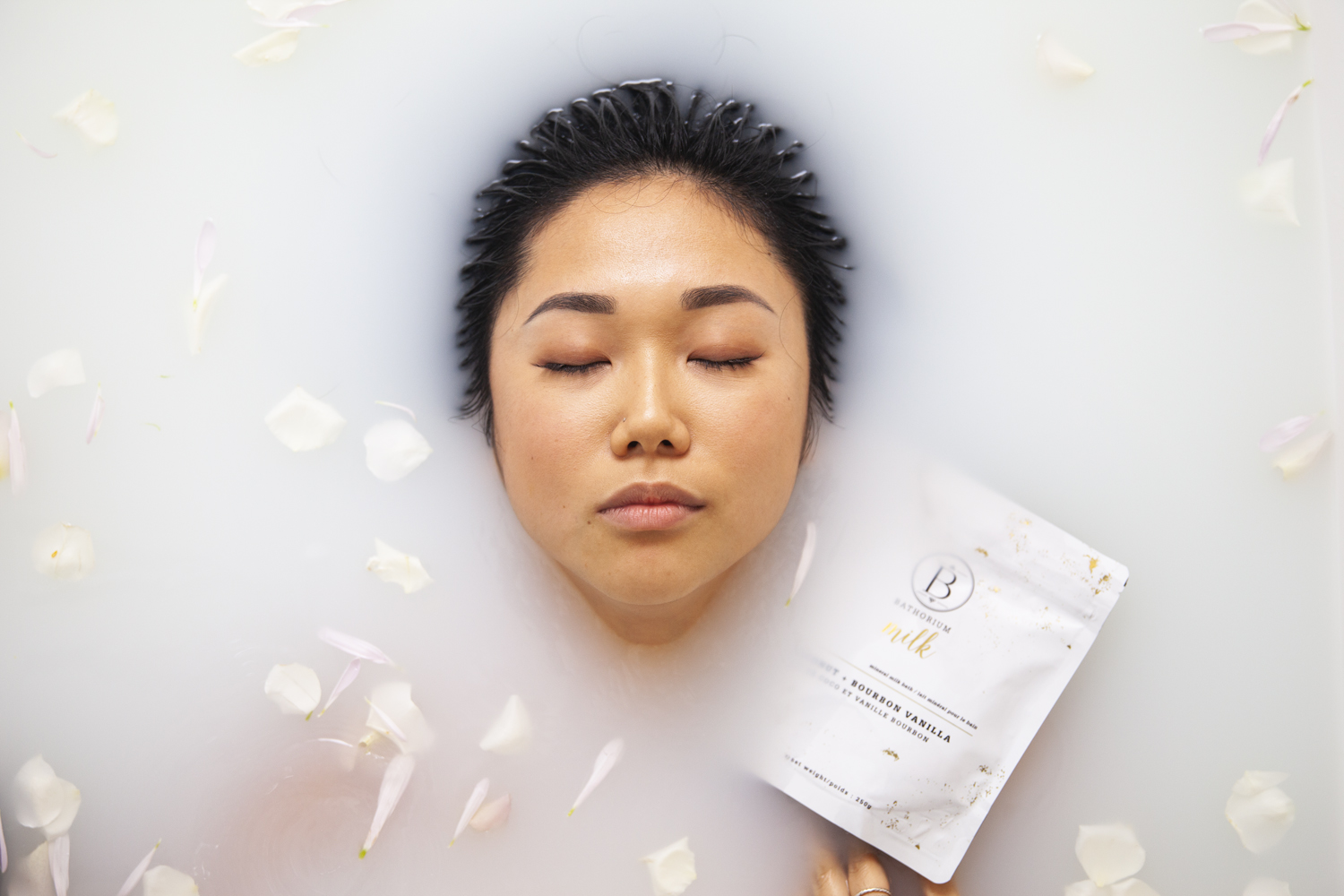
Where do you see the bath category today?
Bath has really taken a limelight in the past couple of years with self-care. People realized that the only way to quarantine from their families during lockdown was in the bath. They got to take a bath and be away from everyone in their house. It converted a large portion of the population who weren’t bath takers into bath takers. All our indicators across the board, from sales to engagement to conversion, are up because people are now bathing that hadn’t bathed since they were children. They are putting in baths where they may have ripped them out before.
We are seeing these trends, but a lot of bigger retailers like Sephora and Ulta haven’t been really investing in the bath category. They are seeing their customers ask about bath products that are one-SKU wonders without clean formulas, and now the buyers are looking at that opportunity a lot differently than they used to. Before, you would buy a bath bomb at Christmas for a gift, and now people are asking for brands and products by names. They want experiences versus just novelty.
What does “clean” mean to you?
I don’t think just a product is clean. I think a brand is clean. For a company to say they’re clean, you have to look at their practices. We are on the road to becoming a clean company. Our products are clean. We don’t use any synthetics. I don’t think there’s ever going to be an endpoint in sustainability, but adopting sustainable practices to me is becoming a clean brand. That’s something a lot of brands don’t admit to. They say, “We are 100% clean beauty.” I’m transparent that we are still working on some things.
We still use single-use shrink wrap. We are actively investing in R&D on two solutions—one is going to be a seaweed bio-ferment shrink wrap and the other is dissolvable similar to a Tide pod, but a more natural version—but that comes at a cost and huge timeline. I’m quite confident they will replace the single-use plastic shrink wrap. We are working on shelf stability testing now. If those tests come back well, we will go on to the next phase of rolling out.
What are long-term goals of yours?
We’ve gone to New Zealand, and the next areas we are focusing on are the EU and U.K. A big goal of mine is to obviously to eliminate single-use plastic from our lineup. I would like to keep our carbon footprint as low as possible across our supply chain and operations. In five years, I would like to have accomplished quite a bit of that.
In terms of product placement in the States, I would love to be in key retailers with a proper presence, more than just a couple SKUs. I’m a big believer that retail isn’t dead. It’s changing, but it will not die. I still believe in investing in IRL experiences, having more presence in the States with retail partners sitting next to like-minded brands and educating new customers on having a clean regimen. If you are avoiding ingredients in haircare and skincare, bath and body shouldn’t be less important.

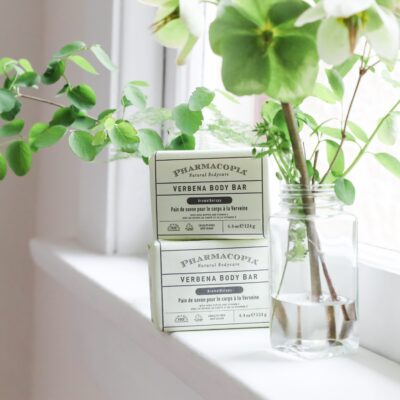
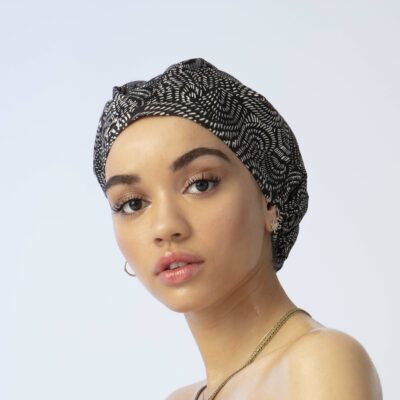
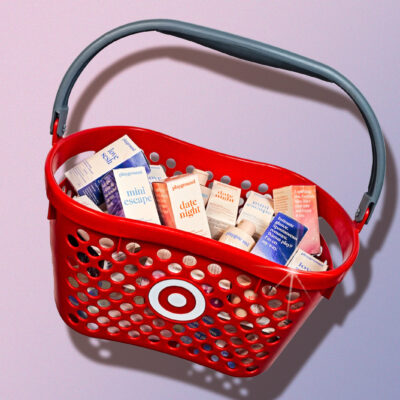

Leave a Reply
You must be logged in to post a comment.